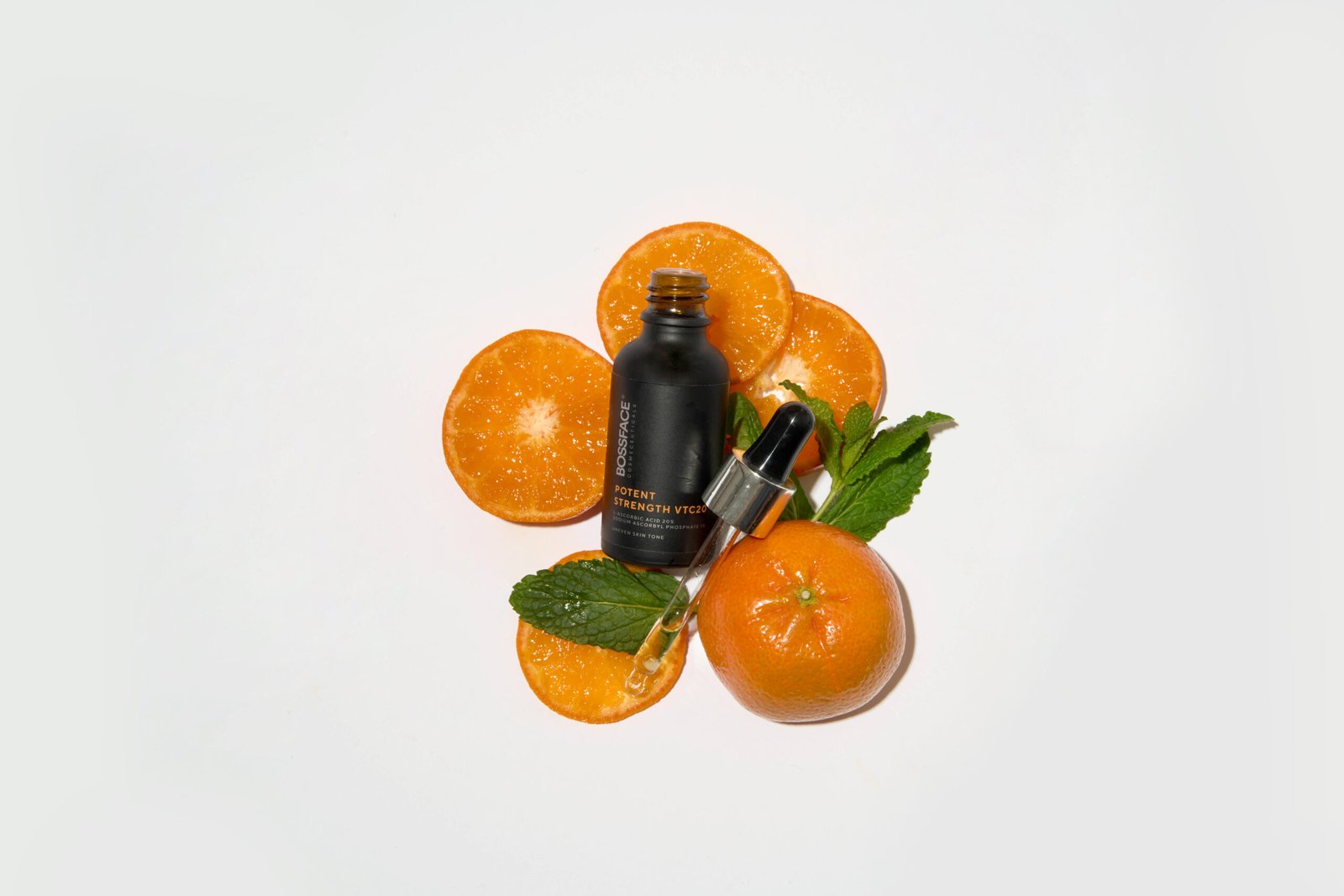
Discover the difference between Physical, Chemical & Hybrid Sunscreen
At BOSSFACE, we have formulated not just 1 type of sunscreen but 3, but do you know the difference between a chemical, a physical and a hybrid sunscreen?
The terms “physical sunscreen” and “mineral sunscreen” are often used interchangeably because they both refer to sunscreens that use physical UV filters, typically minerals, to protect the skin. However, there are subtle differences and key characteristics that distinguish physical (mineral) sunscreens from chemical sunscreens.
Physical (Mineral) Sunscreens -THE BOSSFACE OIL FREE PHYSICAL SUNSCREEN SPF50 PA ++++
This lightweight physical sunscreen protects delicate skin from UV damage, it
effectively isolates UV rays and helps resist skin sunburn and tanning. Lightweight and easy to apply, breathable and natural, refreshing and non-sticky mineral formulations stay on the surface of the skin and deflect the suns harmful UV Rays – they are kind to skin especially sensitive and acne prone skin
Active Ingredients
Zinc Oxide and/or Titanium Dioxide
Mechanism
Reflection: Physical sunscreens work by sitting on the surface of the skin and
physically deflecting and scattering UV rays away from the skin. They act like a
shield. This is also why you’ve maybe taken a picture on your phone with the flash
when wearing a physical sunscreen, and your face looks whiter than your body!
Characteristics
Immediate Protection: Physical sunscreens provide protection as soon as they are applied. There is no need to wait for the product to absorb into the skin.
Broad-Spectrum Protection: Both zinc oxide and titanium dioxide offer broad spectrum protection, meaning they protect against both UVA and UVB rays.
Less Irritating:
Generally less likely to cause skin irritation, making them suitable for sensitive skin and those with skin conditions such as acne, rosacea and eczema.
White Cast:
They can often leave a white or chalky residue on the skin, which can be more noticeable on darker skin tones.
Stability:
Physical sunscreens are more stable in sunlight compared to some chemical sunscreens, meaning they don’t degrade as quickly and remain effective longer.
Chemical Sunscreen – BOSSFACE Nourish & Protect Daily Moisturiser with SPF20 PA +++
An ultra-nourishing and anti-ageing moisturiser, providing hydration and protection. Harnessing peptides, to tighten and firm whilst diminishing the appearance of fine lines and wrinkles. The skin-loving antioxidants will help protect against free radicals. Skin will be fully hydrated with a fresher, firmer and tighter looking complexion. Can be used as a daily moisturiser under a physical SPF50 for stronger protection.
Active Ingredients
Active Ingredients in chemical sunscreens generally include:
Oxybenzone, Avobenzone, Octisalate, Octocrylene, Homosalate, Octinoxate,
among others.
Mechanism
Absorption: Chemical sunscreens absorb UV radiation and convert it into heat,
which is then released from the skin.
Characteristics
Absorption Time: Typically need to be applied 15-30 minutes before sun exposure to allow time for the active ingredients to be absorbed into the skin
Cosmetic Appeal: Chemical sunscreens are often more lightweight and easier to
apply without leaving a white cast, making them more cosmetically appealing for
everyday use.
Potential Irritation: More likely to cause skin irritation or allergic reactions, particularly for those with sensitive skin.
Higher SPF Formulations: It is easier to formulate higher SPF products with chemical sunscreens.
Practical Considerations
Application and Reapplication:
Physical sunscreens can be harder to spread evenly and may need more frequent reapplication, especially after sweating or swimming.
Chemical sunscreens are generally easier to apply and reapply without leaving a noticeable residue.
Suitability for Different Skin Types:
Physical sunscreens are better suited for sensitive skin and are often recommended for children and individuals with skin conditions.
Chemical sunscreens might be preferred for daily wear under makeup due to their transparent finish and lighter feel.
Effectiveness in Various Conditions
Physical sunscreens provide consistent protection immediately upon application and are less likely to cause irritation during prolonged sun exposure.
Chemical sunscreens, while effective, require time to absorb and may degrade
faster in direct sunlight, necessitating more frequent reapplication.
HYBRID SUNSCREEN – BOSSFACE Protect & GLOW SPF50 PA++++
Water resistant and contains clinically proven AHAs, citric, and lactic acid to
gently increase cell turnover.
Light and easily absorbed with a natural tint that adapts to your skin tone to give an even appearance, while having a hydrating effect on the skin and protecting the DNA.
Active Ingredients
Organic broad spectrum filters
Benefits
Organic UVA and UVB protection to help prevent lines and wrinkles.
Lightweight and adapts to the natural skin tone leaving a healthy glow.
Comfortable to wear alone or under makeup without the white residue often associated with high factor sunscreens.
A hybrid sunscreen combines the benefits of both physical (mineral) and chemical sunscreens, using a blend of physical UV filters (such as zinc oxide and titanium dioxide) and chemical UV filters (such as avobenzone, octocrylene, or octinoxate). This combination aims to offer a balanced approach to sun protection, leveraging the advantages of both types of
sunscreens while mitigating some of their individual drawbacks.
Benefits of Hybrid Sunscreens
Broad-Spectrum Protection:
Hybrid sunscreens provide comprehensive UV protection. The combination of physical and chemical filters ensures broad spectrum coverage, protecting against both UVA and UVB rays effectively.
Enhanced Cosmetic Appeal:
By combining the sheer, lightweight feel of chemical sunscreens with the immediate protection of physical sunscreens, hybrid sunscreens often achieve a more cosmetically elegant finish. They are less likely to leave a white cast, making them suitable for a wider range of skin tones.
The BOSSFACE protect & Glow SPF50 has a natural skin tint which adapts to the individual skin tone,leaving a healthy glow.
Immediate and Long-Lasting Protection:
Physical filters offer immediate protection upon application, while chemical
filters can provide extended coverage. This dual action helps ensure continuous protection without the need for a waiting period before sun exposure.
Less Irritation:
Hybrid formulations can balance the potential irritancy of chemical filters with the gentler nature of physical filters. This makes them suitable for individuals with sensitive skin who may not tolerate purely chemical sunscreens well.
Improved Texture and Feel: Hybrid sunscreens often have a more pleasant texture compared to purely physical sunscreens, which can be thicker and more difficult to spread. The inclusion of chemical filters can help create a more lightweight, non-greasy formula that spreads easily and feels comfortable on the skin.
Versatility and Suitability:
These sunscreens can be designed to cater to various skin types and needs. For example, they can be formulated to be water resistant for active users or to
have additional skincare benefits like hydration and antioxidants.
Higher SPF Options:
It is often easier to formulate higher SPF products using a combination of filters. Hybrid sunscreens can achieve higher SPF ratings while maintaining a pleasant texture and feel.
Practical Considerations
Application and Reapplication: Hybrid sunscreens should be applied generously and evenly to ensure adequate protection. Reapplication is necessary, especially after swimming,
sweating, or towel drying, to maintain effectiveness.
Suitability for Different Skin Types: These sunscreens are generally suitable for all skin types, including sensitive
skin. However, it is always advisable to perform a patch test before full application, particularly for individuals with known sensitivities or allergies.
Environmental Considerations: When choosing hybrid sunscreens, consider those that are labeled reef-safe or free from ingredients known to harm marine life, such as oxybenzone and octinoxate. This ensures that your sun protection is also environmentally conscious.
Both physical (mineral) and chemical sunscreens have their own sets of advantages and
drawbacks. The choice between the two often comes down to personal preference, skin type, and specific needs (such as sensitivity concerns or cosmetic preferences). For optimal sun protection, it’s important to choose a broad-spectrum sunscreen, apply it generously, and reapply it regularly, regardless of the type you use.
Hybrid sunscreens offer a balanced and effective solution for sun protection, combining the strengths of both physical and chemical filters. They provide broad-spectrum coverage, enhanced cosmetic appeal, and are suitable for a wide range of skin types and tones. This makes them an attractive option for those seeking comprehensive and comfortable sun protection.
No posts were found for provided query parameters.

